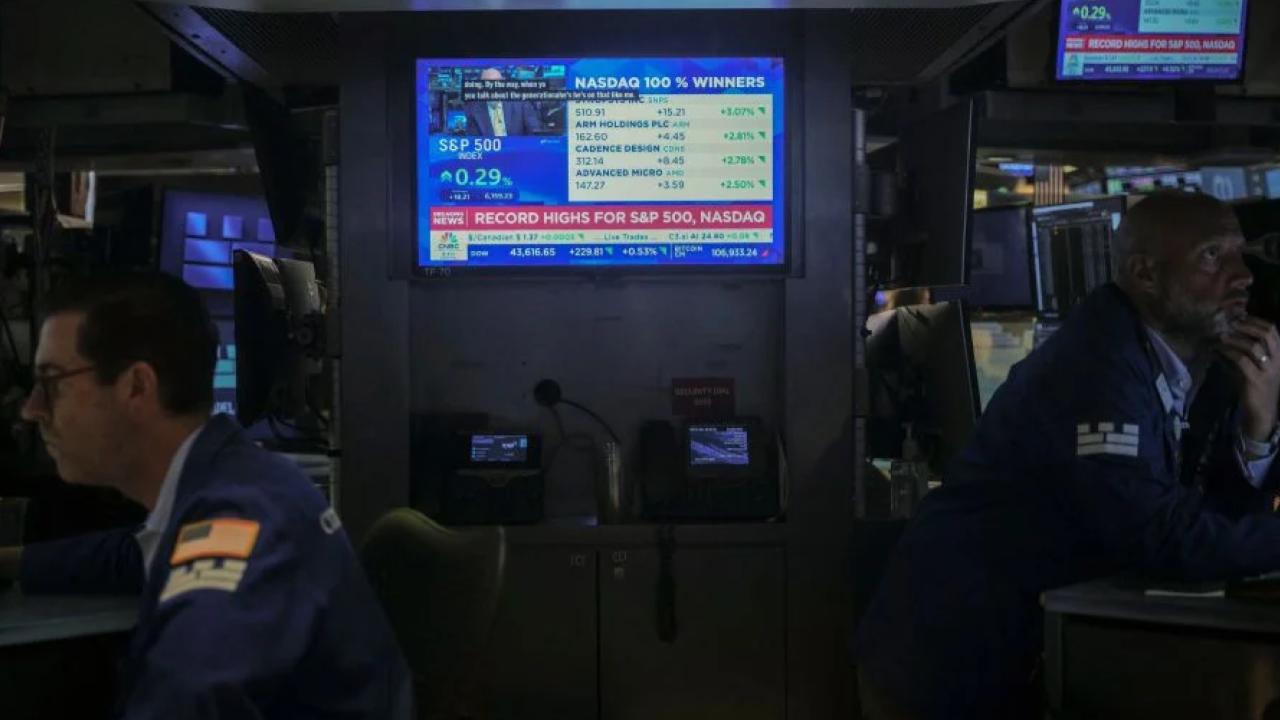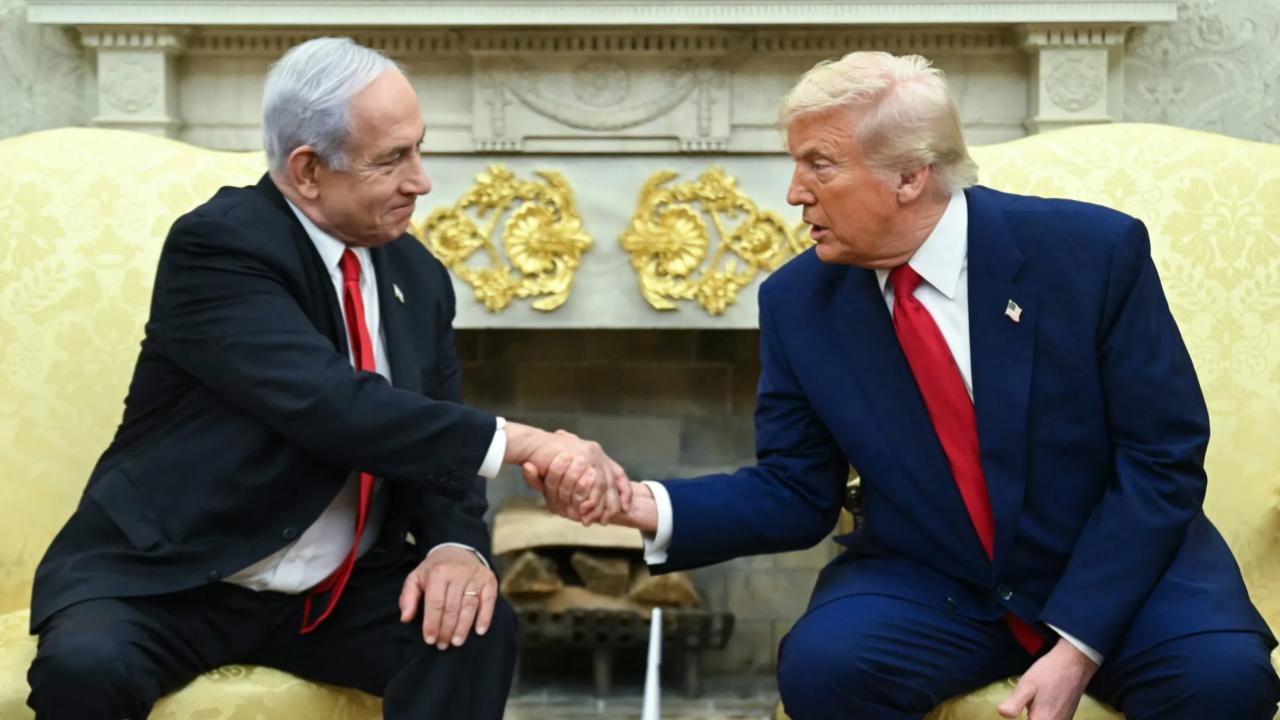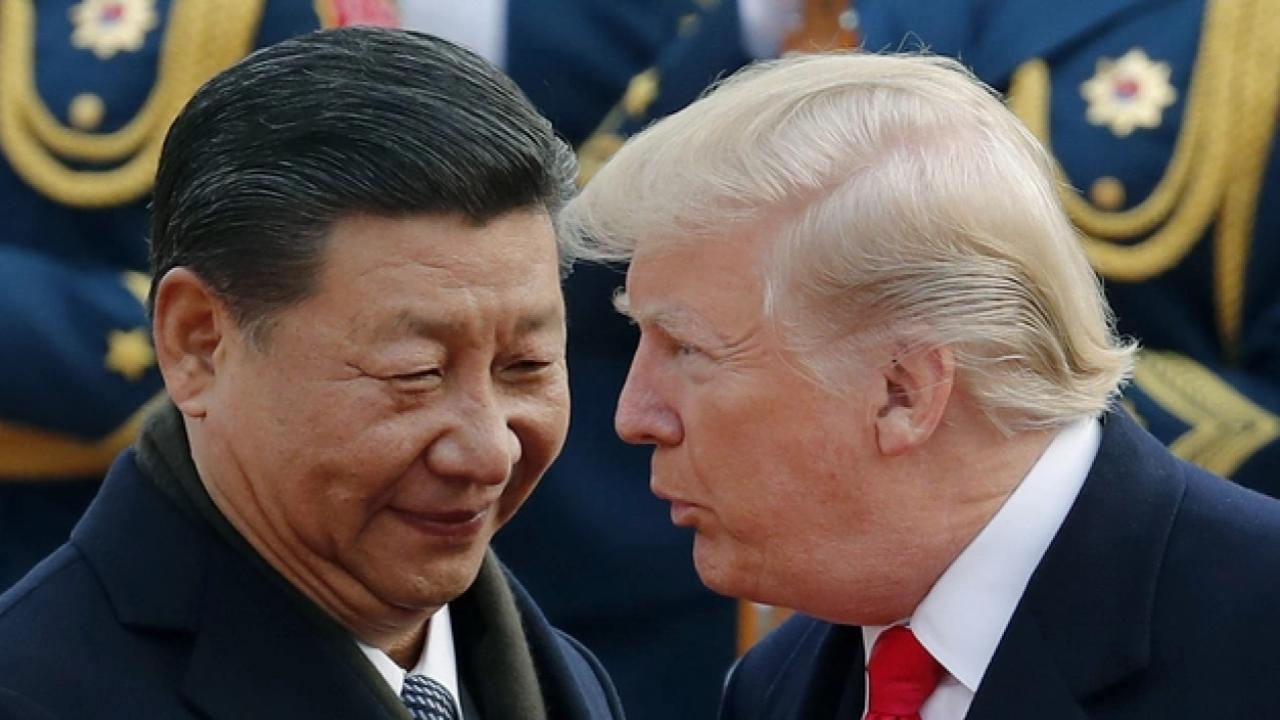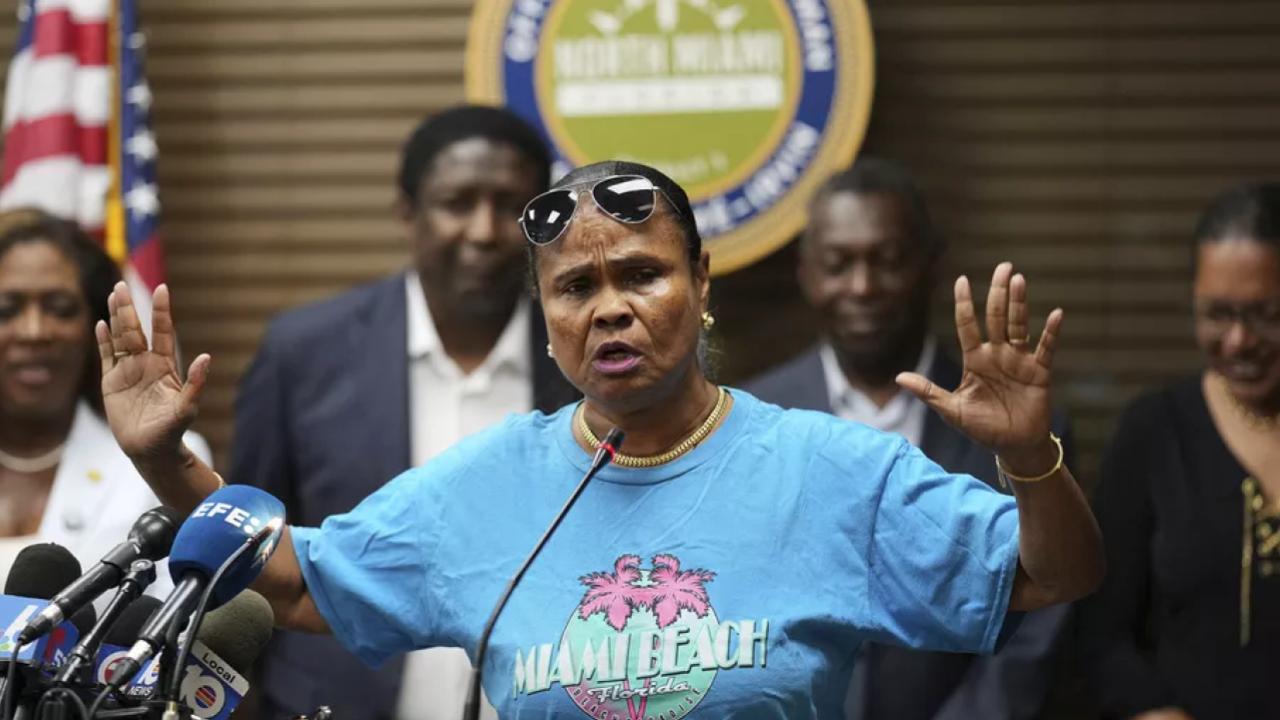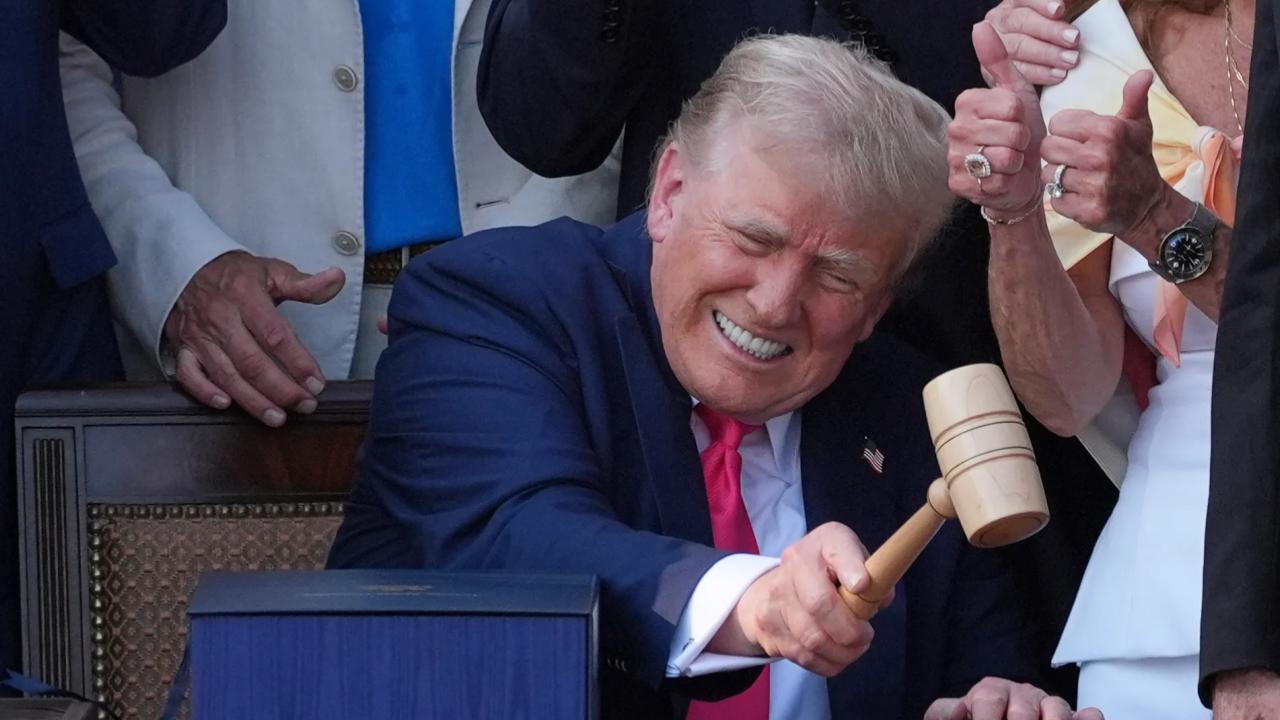In a move that’s already shaking the Middle East diplomatic scene, former President Donald Trump claimed Monday that Israel has “agreed to the necessary conditions” for a 60‑day ceasefire in Gaza. It’s the boldest development in the region’s long-running war in months—and it hinges now on whether Hamas will sign on.
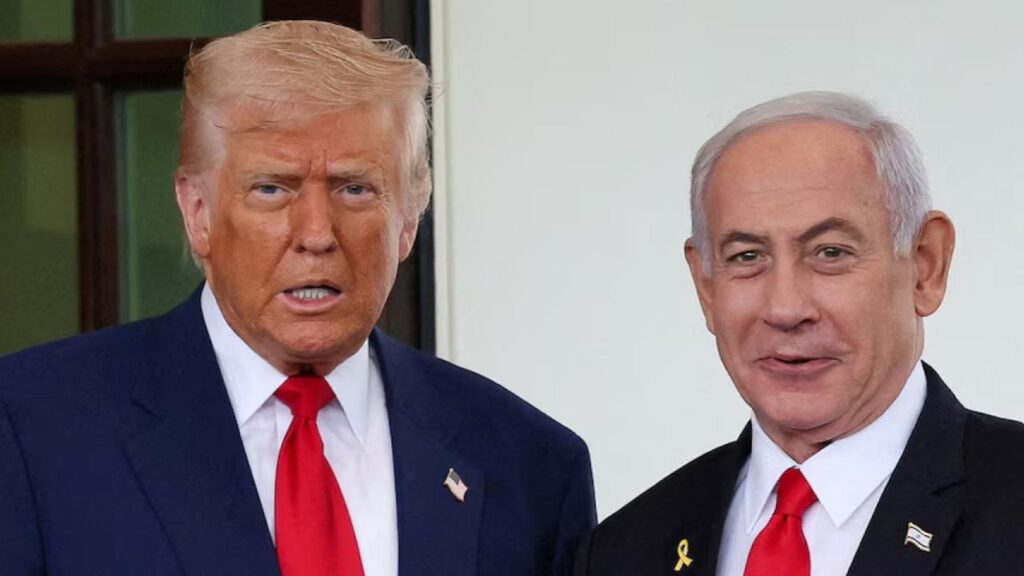
Trump Says Israel Has Signed Off on 60‑Day Gaza Truce
| Key Point | Detail |
|---|---|
| Proposed ceasefire length | 60 days, with phased military pullbacks |
| Hostage release proposal | 10–18 Israeli hostages, alive and deceased |
| Humanitarian aid component | Major expansion, with Qatar and Egypt overseeing logistics |
| Death toll to date | Over 56,000 Palestinians and 1,700 Israelis killed since October 2023 |
What Did Trump Actually Say?
Trump’s declaration, made via his Truth Social account on July 1, positioned him as a central player in peace efforts. “Israel has agreed to the necessary conditions to finalize the 60‑day ceasefire,” he wrote, adding a stern message to Hamas: “It will not get better — IT WILL ONLY GET WORSE” if they reject the deal.
According to Axios, the plan was drafted by Trump’s team, including Republican donor-turned-envoy Steve Witkoff, and Israel’s strategic affairs minister Ron Dermer, during hush-hush meetings in Washington.
What’s in the Deal?
While the full proposal hasn’t been made public, reports from TIME and AP sketch out these likely components:
- 60-day halt in combat operations
- Phased withdrawal of Israeli troops from key areas of Gaza
- Release of 10–18 hostages, both alive and deceased, by Hamas
- Freeing of Palestinian prisoners in exchange
- Surge in humanitarian aid, including medical supplies, fuel, and food
Qatar and Egypt would act as deal enforcers and delivery channels for the humanitarian component, which many experts consider make-or-break.
Israel’s Position: Green Light—With Conditions
Israeli officials haven’t publicly confirmed Trump’s announcement but haven’t denied it either.
Foreign Minister Gideon Sa’ar said there’s widespread Knesset support for a truce focused on hostages. Even opposition leader Yair Lapid signaled backing. But Prime Minister Benjamin Netanyahu remains cautious.
In a televised address last week, Netanyahu declared, “There will not be a Hamas regime. It’s over.” That line-in-the-sand makes a full ceasefire complicated—Israel still insists Hamas must be dismantled.
What Is Hamas Saying?
So far, Hamas hasn’t accepted or rejected the offer.
In a statement reported by AP, the group said it’s ready to “consider” a ceasefire proposal that guarantees an end to the war. But they demand that the agreement “clearly lead to a permanent cessation of hostilities and full Israeli withdrawal.” Talks with mediators in Cairo are expected to begin within days.
What Could Go Wrong?
A lot. The challenges are complex:
- Hamas wants a permanent solution, not a pause. Israel wants the opposite—Hamas gone.
- Mistrust runs deep. Multiple ceasefires in 2024 collapsed due to alleged violations on both sides.
- Hostage exchange logistics are fraught, with both sides wary of being played.
- Public pressure is high in Israel. Ultra-nationalist ministers have threatened to leave Netanyahu’s coalition if a deal gets too soft.
And then there’s Gaza’s humanitarian collapse. With hospitals in ruins and water systems barely functioning, aid isn’t a luxury—it’s life or death.
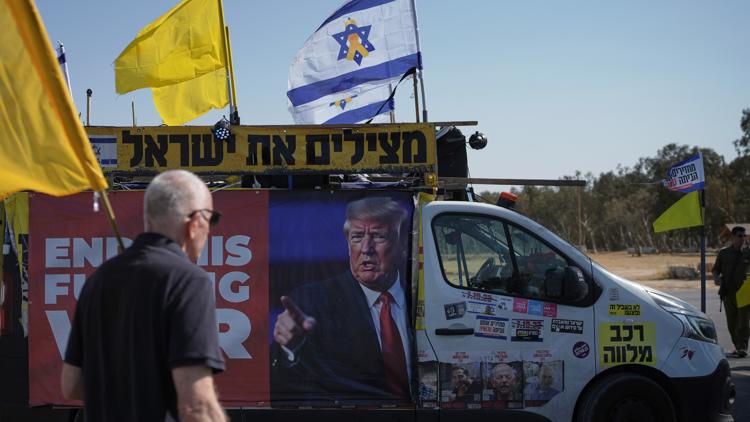
U.S. and Arab Mediators: Still in the Game
Qatar and Egypt are doing the heavy lifting—passing documents, massaging egos, and trying to align war-weary factions. The Biden administration has quietly backed the Trump team’s efforts, seeing peace progress as a win for all.
In my experience covering multiple Gaza escalations, these behind-the-scenes players often matter more than headline names. When a truce holds, it’s usually because Qatar or Egypt stayed up all night making calls.
What Happens Next?
- Qatar and Egypt present the deal to Hamas in Cairo.
- Internal Hamas debates—between military leaders in Gaza and exiled political heads in Doha—determine whether it moves forward.
- If approved, Israel is expected to implement a staggered military pullback.
- Hostage exchanges and aid deliveries would follow—likely within 72 hours of signing.
- If rejected, fighting could surge—possibly more intense than before.
Why This Truce Matters
This isn’t just about a pause in violence. A 60-day truce, if honored, could:
- Offer relief to 2.2 million Palestinians
- Free Israeli hostages, ending family agonies that have dragged on for months
- Allow diplomacy to restart—not just with Hamas, but potentially broader Arab-Israeli normalization talks
But failure could mean deeper despair, especially for ordinary people already living with fear, grief, and trauma.
A Human Moment
I remember standing on the roof of a Gaza hospital in March, watching smoke rise on the horizon. The ceasefire had just collapsed, and you could hear the sound of drones overhead. The doctor beside me just shook his head and said, “So much hope. Gone in a day.” Let’s hope this time’s different.
FAQs
What exactly did Trump say?
Trump stated that Israel had agreed to the “necessary conditions” for a ceasefire and that Hamas needed to act quickly or face worse outcomes.
Has Hamas agreed to the deal?
Not yet. They’re reviewing it in Cairo and have said they want a deal that ends the war, not just pauses it.
What does the truce include?
A 60-day stop to fighting, hostage swaps, prisoner releases, and large-scale aid. Israel would begin to withdraw from Gaza territory under international supervision.
What are the risks?
Either side could back out. Trust is low. The deal might collapse without immediate and tangible progress.


